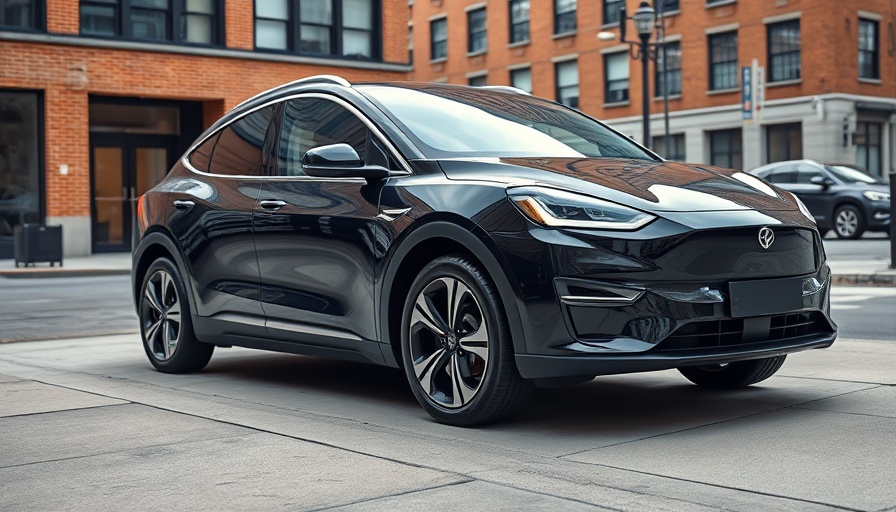
The Future of Remote-Driven Electric Vehicles: A Glimpse into Innovation
Imagine stepping into a car that drives itself, but with a twist—your 'driver' is actually seated miles away, engaging with the vehicle through a complex setup reminiscent of a video game. This is the innovative reality introduced by Vay, a German startup pioneering remote-driven electric vehicles (EVs) in urban spaces like Berlin. With advancements in technology, companies such as Vay are attempting to redefine the landscape of urban mobility and car sharing, but regulatory challenges threaten to stall their progress.
The Mechanics Behind Remote Operation
Vay operates a fleet of electric vehicles using a technology called drive-by-wire, which enables remote manipulators to control the car's key functions such as steering, braking, and acceleration from a remote location. This setup not only showcases technological prowess but emphasizes the potential of integrating IoT with vehicle operations. However, the real challenge lies in translating this impressive innovation into widespread, practical application.
Navigating Regulatory Red Tape
While Vay's progress has been swift in places like Las Vegas, its journey in Europe has been hampered by stringent regulations. Current European Union laws favor human-driven vehicles, creating a bottleneck for remote driving services. The requirement for a safety driver during operational testing underscores the cautious attitude regulators adopt toward these new technologies. For businesses focused on digital transformation and adaptability, these regulatory hurdles serve as a reminder of the delicate balance between innovation and compliance.
Implications for Urban Mobility
As cities increasingly grapple with congestion and pollution, remote-driven EVs present an innovative path forward, proposing a more efficient form of car sharing. With services like Vay, the process is streamlined; users hail vehicles through an app, utilize them for their purposes, and seamlessly hand over control back to the remote operator. This model not only optimizes resource usage but also reduces the number of cars on the road, aligning with sustainability goals.
Perspectives on the Future of Car Sharing
The idea of remote-driven car sharing can evoke a range of emotions and responses. On one hand, it can be seen as a futuristic step toward enhanced mobility solutions; on the other, it prompts discussions about safety, privacy, and technology’s role in our daily lives. As these vehicles become more mainstream, further dialogue will be essential to address public concerns while promoting the benefits of innovation.
Charting the Path Forward
For executives in fast-growing companies and technology innovators, Vay's endeavor sheds light on critical lessons regarding adaptive technology integration and navigating regulatory landscapes. Lessons learned here could inform strategies in multiple sectors, potentially enabling more cohesive public and private partnerships to ease the transition into new mobility frameworks.
As we dive deeper into the era of electric and autonomous driving, companies like Vay challenge traditional transportation models. Understanding the balance between technological advancement and the regulatory environment will be pivotal for shaping the future landscape of urban mobility.
 Add Row
Add Row  Add
Add 




Write A Comment